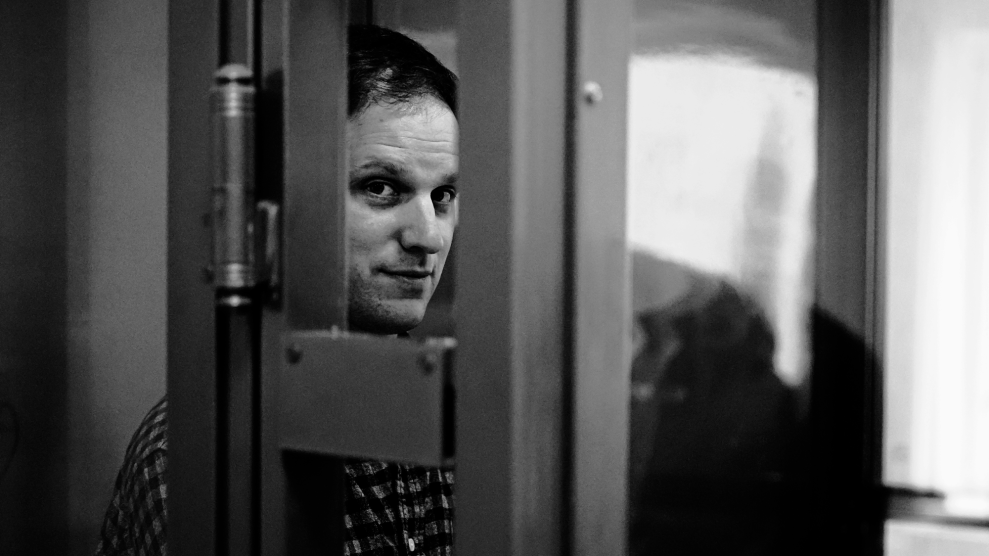In each of the last five years, the Mother Jones International Fund for Documentary Photography has awarded competitive grants to outstanding world photographers covering social issues. Happily, the fruits of this collaboration are now available in several new books. We think they’ve done us proud.
“Every day brings a new vision and new dismay in witnessing the lives of Delta people,” writes Ken Light, in Delta Time: The Mississippi Photographs (Washington, D.C.: Smithsonian Institute Press, 1995), a journey through Mississippi’s poorest communities that evokes Depression-era images of crushing poverty illuminated by individuals’ hope and resilience. An acclaimed documentary photographer whose work has appeared in more than 100 international exhibits, Light is also a co-founder of the Mother Jones International Fund for Documentary Photography. Foreword by Robert Moses.
In Mixtecos, Norte Sur (Mexico: Nuevos Codices, 1994) Eniac Martinez Ulloa (1991 winner) documents the spectacle of everyday life of the Mixtecs, an indigenous people from Oaxaca, Mexico. Because of the profound environmental and social changes that colonialism in Mexico has brought about in the lives of the Mixtecs, many–forced to choose between immigration or extinction–have relocated to California, where they form agricultural communities of the lowest caste. Mass immigration has allowed them to preserve their traditions and has also introduced them to some modern Western rituals like Halloween. Ulloa’s moving photos successfully depict both the Mixtecs’ displacement and their willful cultural survival.
Maya Goded (1993 winner) illuminates the community of African Mexicans on the coasts of Guerrero and Veracruz in Tierra Negra (Mexico: Consejo Nacional para la Cultura y las Artes, 1994). The African component in Mexico’s heritage is undeniable: For every European who came to this continent, 20 Africans also came, making Africa Mexico’s “third root” after the predominant indigenous and European cultures. Goded’s view of this little-known but fascinating subculture is not anthropological but, rather, empathetic and poetic.
In the Balkans, with photos by Nikos Economopoulos (1992 winner) and text by Frank Viviano (author of “The New Mafia Order”), who met through Mother Jones, will be released in the fall of 1995 by Harry N. Abrams Inc.











